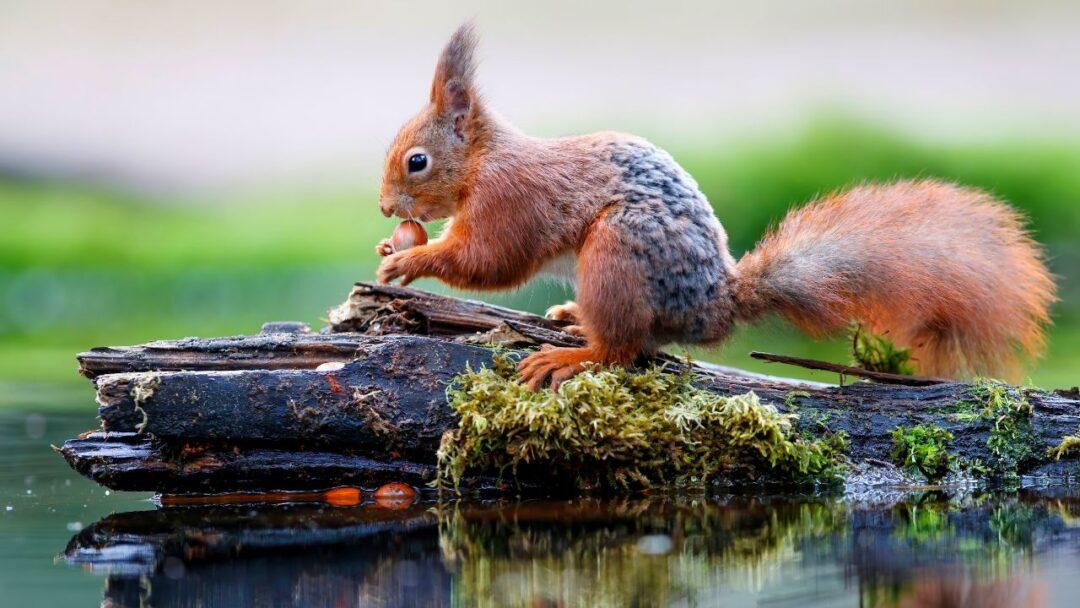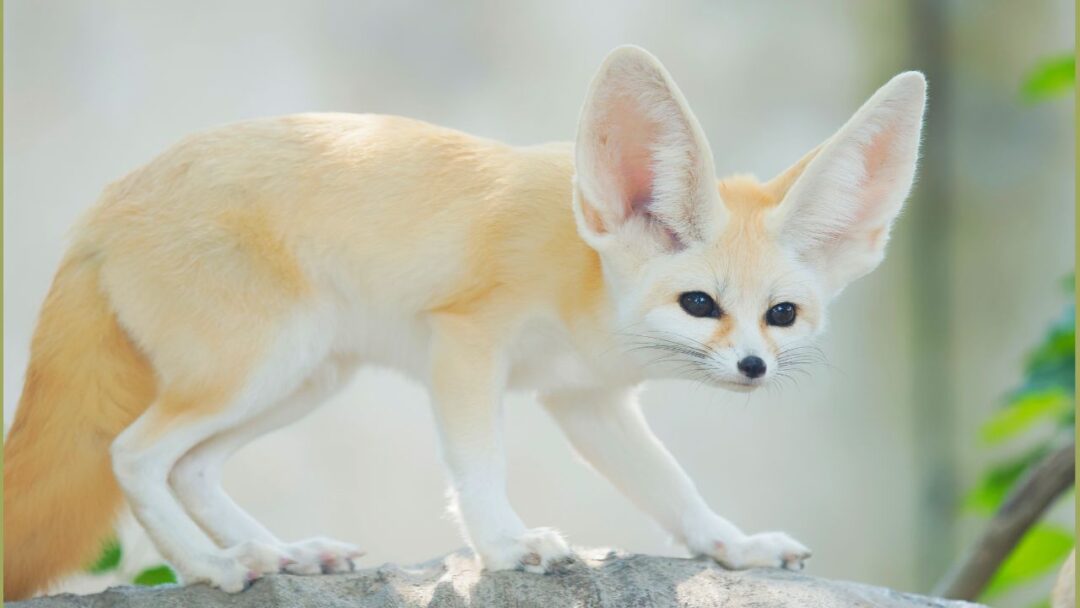Table of Contents

Introduction
Enter the magical world of Alpacas, the endearing creatures noted for their kind disposition and lustrous fleece. While alpacas may appear familiar, there are various unique features of them that have yet to be explored. In this one-of-a-kind and instructive essay, we’ll delve into ten fascinating and lesser-known facts about alpacas, including their various varieties, mysterious features, prevalent beliefs, and ecological value, and conclude with a deeper understanding for these magnificent animals.
10 Interesting Facts About Alpacas
- Alpacas belong to the camelid family: Alpacas are part of the camelid family, which also includes llamas, camels, and vicuñas. They are native to the highlands of South America.
- Two species of alpacas: There are two distinct species of alpacas – the Huacaya and the Suri. Huacayas have dense, fluffy fleece, while Suris have long, silky fibers that hang in twisted locks.
- Alpacas are social animals: Alpacas are highly social animals and live in herds. They have a strong sense of community and communicate through a range of vocalizations and body language.
- Soft and luxurious fleece: Alpaca fleece is renowned for its softness and warmth. It comes in a variety of natural colors and is hypoallergenic, making it highly sought after for textiles and garments.
- Ancient origins and cultural significance: Alpacas have been domesticated for thousands of years by the indigenous people of the Andes. They hold immense cultural and economic value, providing fiber, meat, and transportation.
- Mysterious qualities: Alpacas possess some intriguing qualities, such as their ability to hum. They use this gentle humming sound to communicate with each other and express contentment.
- Graceful and agile: Despite their seemingly delicate appearance, alpacas are remarkably agile and can navigate rugged mountain terrains with ease. They have padded feet and a surefootedness that allows them to traverse challenging landscapes.
- Environmentally friendly grazers: Alpacas have a unique grazing style that minimizes damage to the environment. They eat grass without uprooting it, helping to maintain healthy pasture ecosystems.
- Alpacas as “ecosystem engineers”: Alpacas play a vital role in their native ecosystems. Their grazing habits help control vegetation growth, promoting biodiversity and preventing overgrazing.
- Calm and gentle temperament: Known for their docile and calm nature, alpacas are often used in animal-assisted therapy programs due to their soothing presence and ability to reduce stress.
Mysterious Facts and Myths
- Alpacas are thought to have spiritual characteristics and are associated with good luck and prosperity in Andean tradition.
- According to mythology, alpacas can detect changes in weather patterns and foresee impending storms.
Importance to Ecosystem
Alpacas provide substantial contributions to their habitats. Their grazing patterns assist to maintain healthy plant populations, reduce soil erosion, and provide habitat for a wide variety of species. Because of their benign impact on the ground, they are valuable “ecosystem engineers.”
What are alpacas?
Alpacas are domesticated South American camelids known for their soft and luxurious fiber. They are similar to llamas but smaller in size.
How long do alpacas live?
Alpacas have an average lifespan of 15 to 20 years. With proper care and nutrition, some alpacas have been known to live into their 20s.
What do alpacas eat?
Alpacas are herbivores and primarily graze on grass and hay. They have a unique digestive system that allows them to efficiently extract nutrients from their food.
Can alpacas be kept as pets?
Yes, alpacas make excellent pets. They are gentle and inquisitive animals, and their calm demeanor makes them ideal for smaller farms or even backyards. However, adequate space, proper shelter, and access to veterinary care are essential.
Do alpacas spit?
Yes, alpacas can spit, but this is usually a defensive behavior. They may spit at each other during disagreements or when they feel threatened. Spitting behavior can be reduced with proper handling and socialization.
How often do alpacas need to be sheared?
Alpacas are typically sheared once a year, usually in the spring before the arrival of warmer weather. This prevents overheating during the summer months while also providing valuable fiber for a variety of uses.
What is alpaca fiber used for?
Alpaca fiber is prized for its softness, warmth, and hypoallergenic properties. It is commonly used to make opulent clothing such as sweaters, scarves, and blankets.
Are alpacas difficult to care for?
Alpacas are thought to be low-maintenance animals. They require adequate shelter, clean water, regular veterinary care, and a well-balanced diet. Routine tasks like nail trimming and vaccinations are also required.
Can alpacas be trained?
Yes, alpacas can be trained to a degree. They are intelligent and capable of learning simple commands. Halter training, leading, and basic handling for veterinary procedures are frequently covered in training.
Are alpacas social animals?
Alpacas are herd animals that thrive in social situations. It is recommended to keep at least two alpacas together because they provide companionship and security for one another.
Conclusion
Alpacas are intriguing creatures with a long history and a variety of fascinating characteristics. Alpacas continue to grab our imagination, from their beautiful fleece and diverse species to their mystical qualities and cultural significance. Their mild nature, environmental benefits, and vital role in ecosystem preservation make them truly unique animals.
10 Unbelievable Facts About Llamas : NEXT POST




